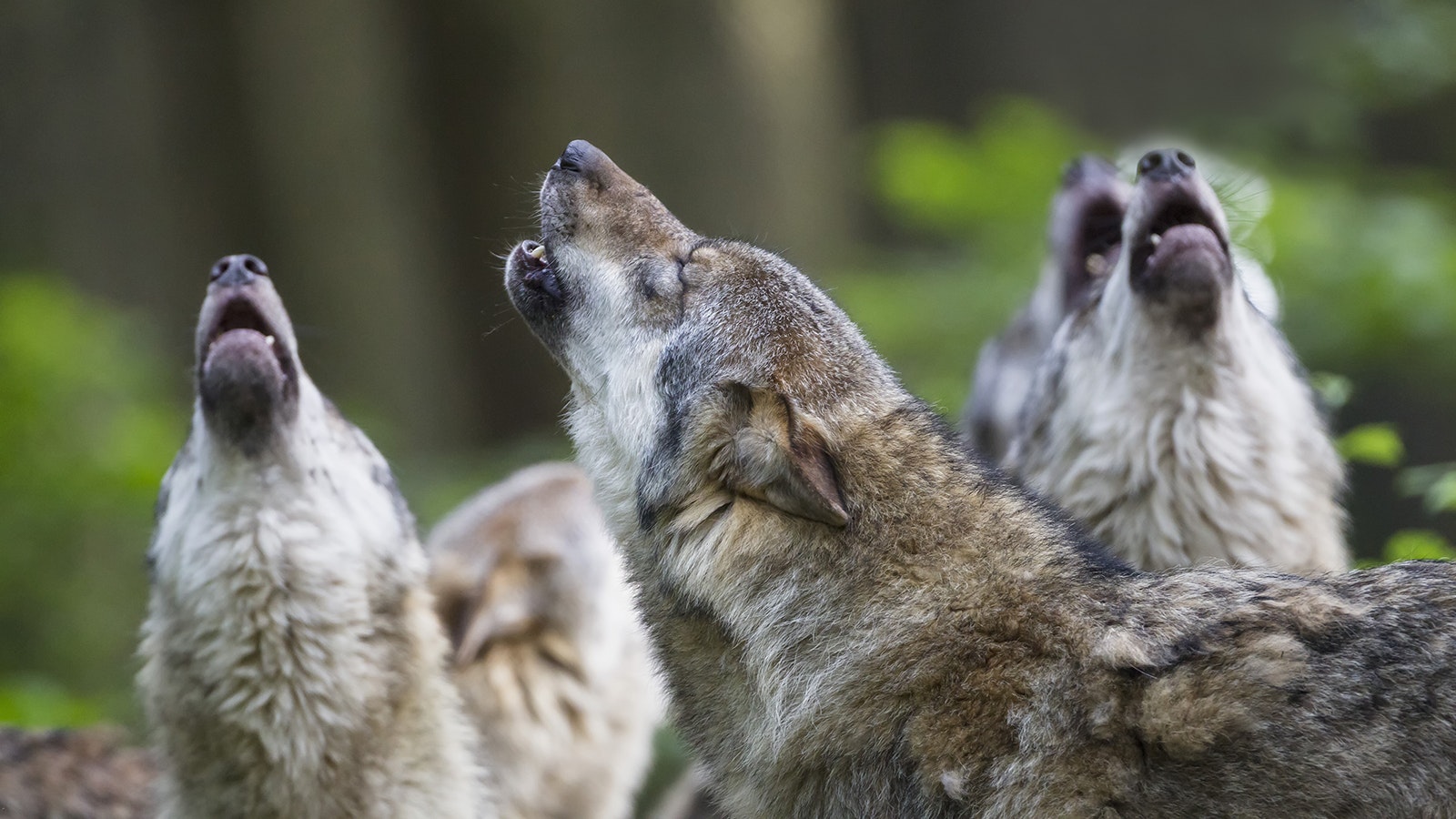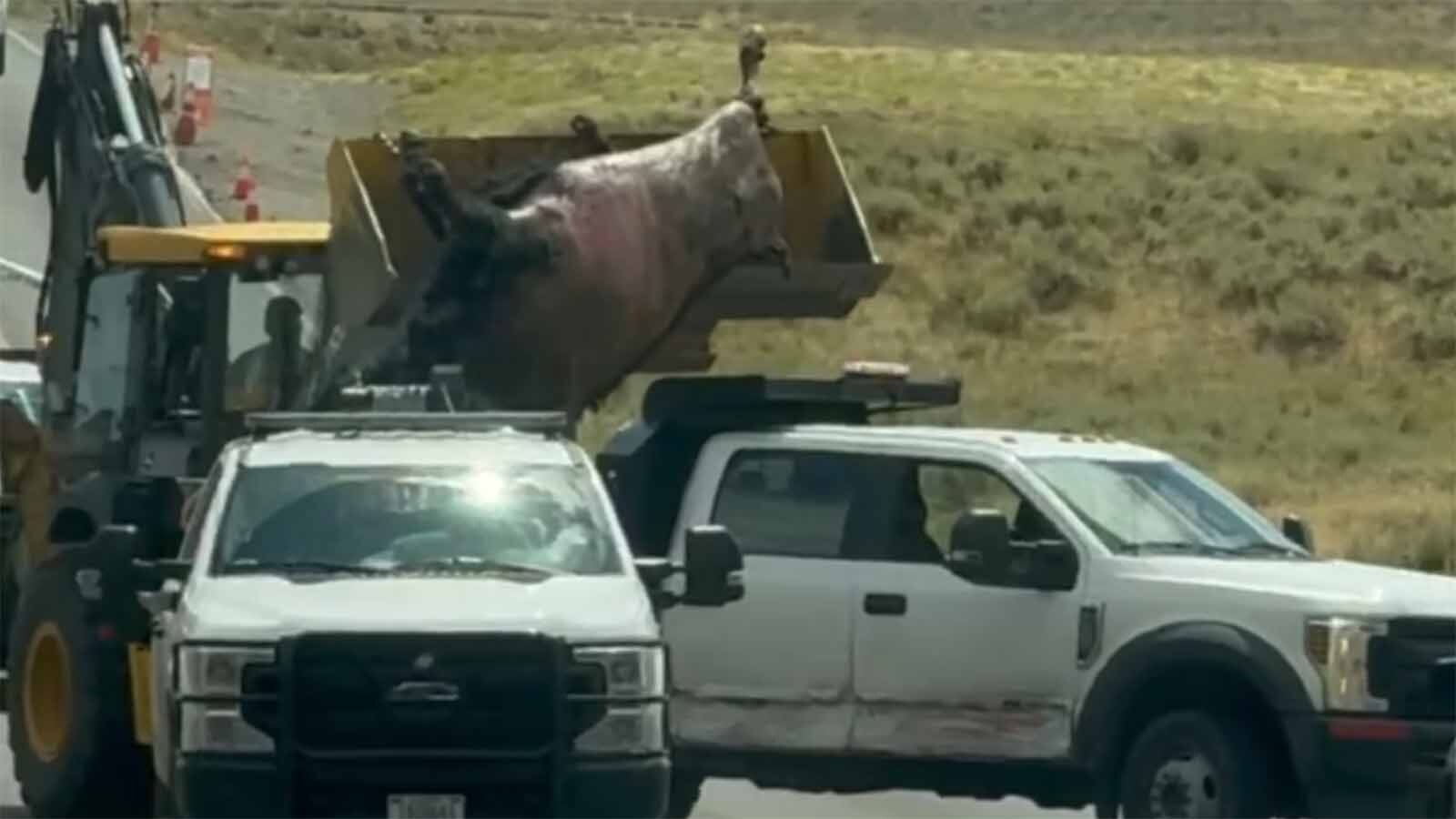After Wyoming and other neighboring states refused to give Colorado wolves for its reintroduction program, Oregon has agreed to provide 10 wolves, starting in December.
That puts the Colorado plan back on schedule, Colorado Parks and Wildlife spokesman Joey Livingston told Cowboy State Daily on Wednesday.
Colorado plans to have wolf paws on the ground ahead of s Dec. 31 deadline, and the reintroductions will continue into March 2024.
The deadline was set when Colorado’s wolf reintroduction program was initiated by Proposition 114, which Colorado voters passed in 2020 by the slimmest of margins, 50.91% to 49.09%.
Wyoming, Idaho And Montana Said No
It was initially hoped that Colorado could start reestablishing its wolf population with wolves from prime habitat in the Greater Yellowstone region – which is centered in Wyoming and extends into Montana and Idaho.
But Gov. Mark Gordon earlier this year flatly stated Colorado would get no wolves from Wyoming. Among other concerns, Gordon cited worries about wolves from Colorado spilling over the state line into Wyoming.
Idaho followed suit in refusing, while Montana remained non-committal.
That left Oregon and Washington state as the next best options. And CPW announced this week that Oregon had agreed to provide 10 wolves.
Wolves Crossed Wyoming-Colorado State Line
Wolves have already crossed the Wyoming-Colorado state line on their own.
A few years ago, wolves traveled across Wyoming from the Yellowstone National Park area and established a pack in Colorado’s North Park region.
Those wolves were placed under federal protection, so they couldn’t be killed by private citizens in Colorado – although the North Park pack killed several livestock animals and dogs in that state.
However, on the Wyoming side of the line, the wolves were in a “free-fire zone” – or that part of Wyoming where wolves may be shot on sight at any time.
It’s thought that three females wolves that were shot in Wyoming near the state line last year were members of the North Park pack.
It was recently determined that the North Park pack had effectively ceased to exist, Livingston said. Only two male wolves were confirmed to still be in the area.
Colorado Counts On 60-Mile ‘Buffer Zone’
That raises the question of how Colorado plans to prevent the new crop of reintroduced wolves from meeting a similar fate.
Livingston said CPW plans to reintroduce wolves into parts of Colorado’s West Slope region with at least a 60-mile buffer zone.
That means the wolves will be planted in areas at least 60 miles away from the Wyoming and Utah state lines, as well as sovereign Native American territory.
Getting Wolves From The Air
To get the wolves to Colorado, CPW personnel will travel to Oregon and work with “contracted helicopter crews and spotter planes to capture wolves,” according to the agency.
Wolves will then be tested for disease and examined for injuries and ailments. Oregon wolves with problems such as several broken teeth, missing eyes, mange or lice won’t be accepted for reintroduction in Colorado.
Wolves that pass the examinations will each be outfitted with a radio tracking collar and loaded into “sturdy aluminum crates” and transported to Colorado by truck or aircraft, according to CPW.
Mark Heinz can be reached at mark@cowboystatedaily.com.





